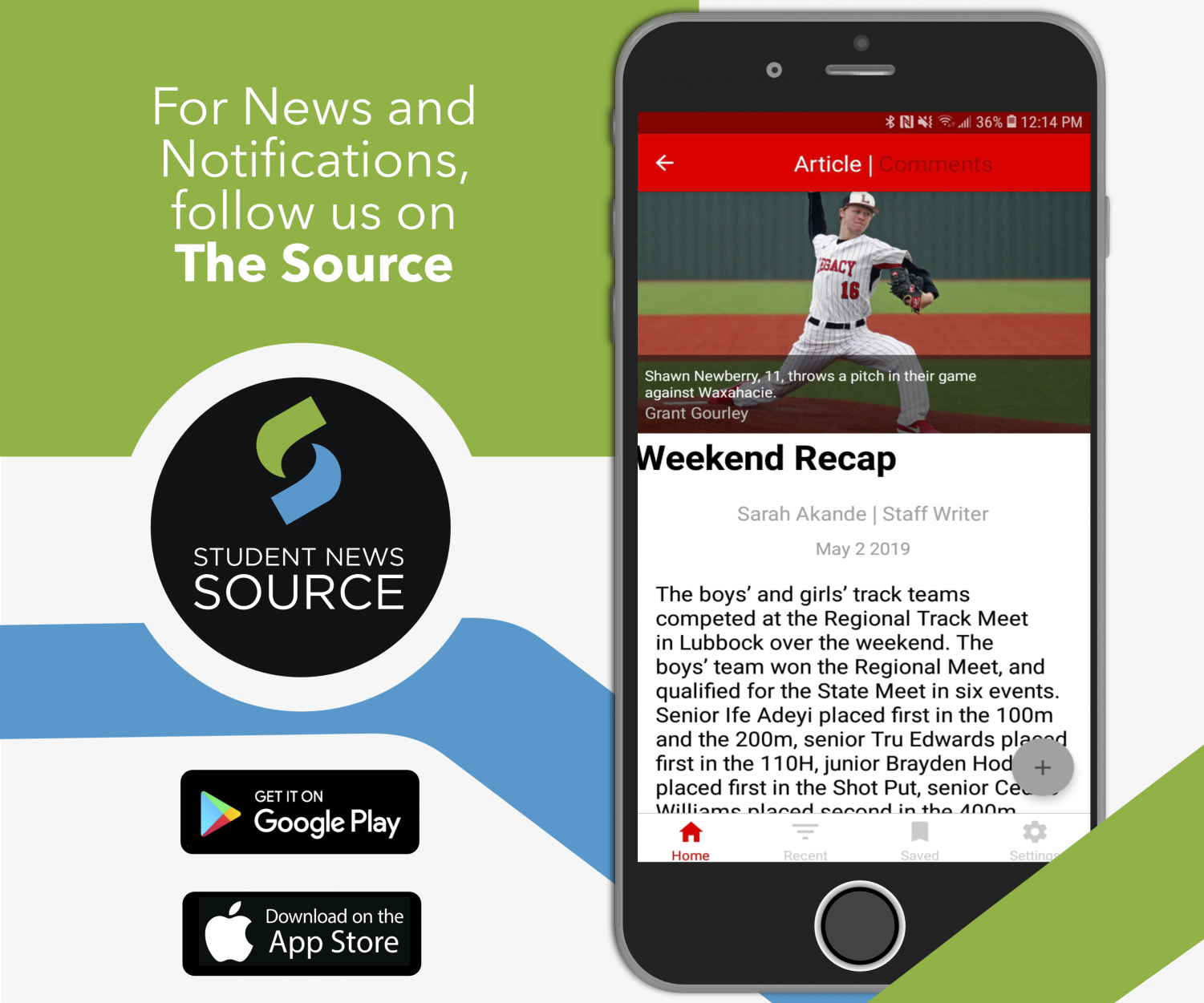Teachers and the pandemic
English teacher and Librarian Linsey Kitchens taught from this station over the past year. Photo by Charlotte Prender
June 11, 2021
By Thea Friebel, Samantha Wilder and Gabriel Sodl
When the Global Pandemic shut schools, clubs, and activities down, we tend to think of students and their mental health, but what about our teachers?
At Sedro-Woolley High School in Washington State, some of the teachers and staff grew very tired of teaching their classes over Zoom.
“The most difficult part of teaching remotely is I am not able to make connections very well or assess what they know,” says Laura Degerness, a biology teacher at Sedro-Woolley High School.
Another thing that was really difficult for teachers was teaching to black boxes and not having anyone respond to them.
“Can I say both? I guess maybe the black boxes,” says Kelly Hawkins, teacher at Sedro-Woolley Highschool. “It’s difficult to feel like you’re talking to yourself or to a blank computer screen, and you can feel pretty silly doing so.”
Math teacher Vanessa Jones also struggled with the blank screens.
“The remote setting was not favorable, and I felt isolated teaching to blank screens that occasionally would write in the chat to let me know they were actually there,” Jones said.
However, she tried to find a silver lining, trying to find an advantage amongst the inconsistent schedule and lifestyle changes.
“When I started working from home the advantage for me was even when I didn’t pack a lunch, I could pull something from the kitchen to eat and I was able to rotate laundry while switching from one class period to the next,” Jones said.
Another thing teachers said they would’ve done differently, or wish they would have known going into remote learning was understanding the timeline more cleary.
“I wish I would have known it would last so long. This would’ve helped me grapple with the issue better,” said Windy Hindman, an English teacher at Sedro-Woolley.
“Going into remote, we thought this was only going to last about two weeks. Soon after that it was announced we would extend the two week quarantine period to six weeks. Afterwards we were shut down permanently, and teachers were given very little time to prepare.”
But it’s not just the lifestyle changes that’ve been hard on teachers. They also felt very disconnected from their students.
“I felt like I wanted to support my students and could see they were struggling, but could not reach them if they didn’t at least click on the zoom, which for some was part of the problem.” said Jones.
The lack of student teacher interaction brought with remote learning has also affected French teacher, Robert Slabodnik.
“My French classes work best when I have students seated in a large semi-circle in front of me, so that we can intensively practice our French with questions and answers, repetition and talk about photos on the projector screen,” Slabodnik said.
“As for distance learning, I like using a lot of images and photos to get students to think about and talk or describe what they are seeing. Of course, distance learning is limited in that it tends to be a single student-teacher interaction where I cannot read their eyes for comprehension.”
Remote learning was impactful for many people.
“I believe that what made learning online so difficult for most students was the lack of human engagement they received,” said Andrea
Clancy, assistant principal at Sedro Woolley Highschool. “For the most part, students come to school for the experience and the learning is a bonus.”
Liv Volkert, a student at Sedro-Woolley Highschool, can attest to Andrea Clancy’s statement.
It was hard to communicate and reach out to people during remote learning.
“It was harder to reach out to the teachers and ask questions,” freshman Liv Volkert said.
Teachers worked so hard to make the most of our situation.
“Teachers worked incredibly hard to make Zoom a classroom, but there isn’t much we could do to support students’ social aspect of school,” Andrea Clancy said.
Students could see that the teachers were trying their hardest to make students feel more comfortable during remote learning.
“I thought it was really helpful when they included a video of them teaching the lesson with an assignment, “ Liv Volkert said.
There were many “trial and error” tactics used by the teachers, and most of them were effective in instructing students. Although, with some feeling of isolation, the daily interaction during on-line class sessions were challenging but worked out.



